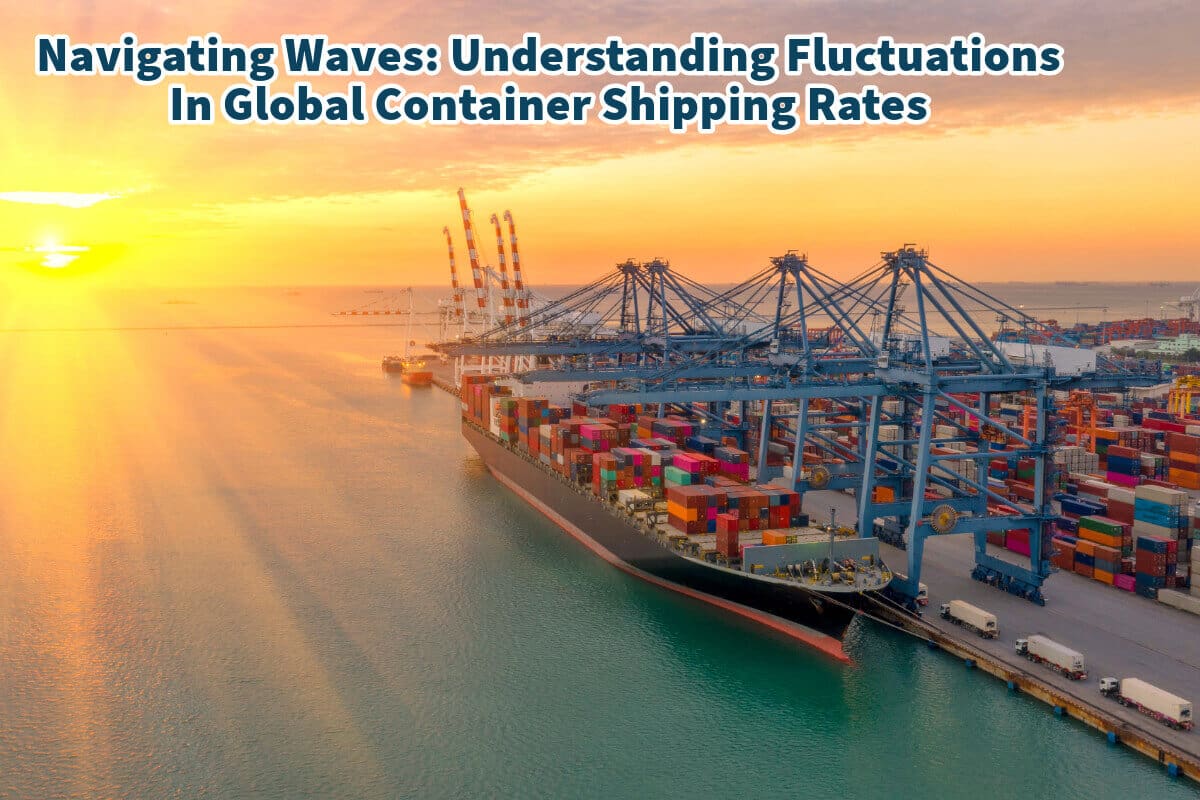For professionals in the global supply chain, stability often seems like a fleeting concept, especially regarding container shipping rates. Despite the expectation of consistency, these rates are subject to frequent and sometimes drastic fluctuations. This variability can be attributed to many factors that either drive the rates up or pull them down. This post will delve into the reasons behind these changes, offering insights into why shipping costs rarely stay static.
Recent trends have shown a general increase in container shipping rates, prompting industry stakeholders to seek clarity and strategies to cope with rising costs. Understanding the dynamics of these changes is crucial for logistics and supply chain professionals who need to navigate the complexities of global trade. By examining the factors influencing shipping rates—from fuel prices and geopolitical tensions to demand surges and regulatory changes—we aim to provide a clearer picture of the landscape and its impact on global commerce.
Table of Contents
Decoding The Dynamics: What Drives Fluctuations In Container Shipping Rates?
The ever-changing landscape of container shipping rates is a fundamental concern for professionals in the global supply chain. Rates can escalate unexpectedly due to many factors affecting the planning and execution of international trade.
As I have studied this more and more, I understand it better and realize what a balancing act the managers of a shipping company must perform between risks, liabilities, and profits.
Read on as we will explore the complex reasons behind the rise in shipping costs, providing a detailed look at the variables that impact this crucial aspect of global commerce. By understanding these factors, stakeholders can better navigate the unpredictability and manage the associated risks.
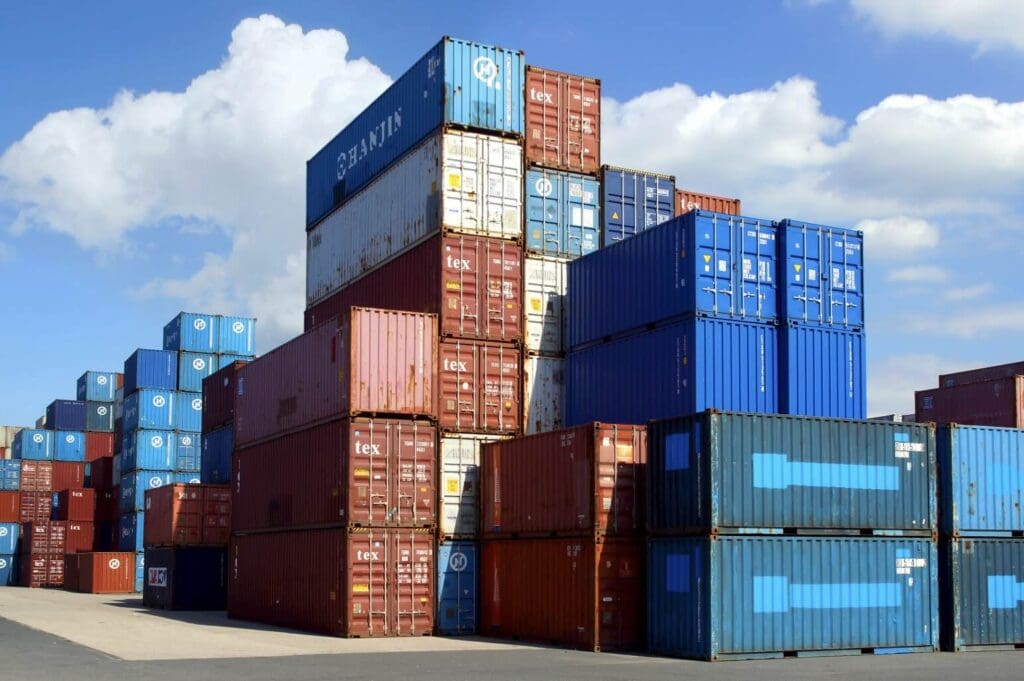
Supply And Demand Dynamics
At its core, the container shipping industry operates on the principles of supply and demand. When available containers and shipping capacity are scarce, rates naturally rise as shippers compete for limited resources.
Conversely, rates tend to decrease when there is an oversupply of capacity and a dip in demand. Several factors influence this balance, including contractual agreements between shipping companies and major retailers.
Large retailers often have fixed contracts guaranteeing the shipper a particular volume of shipments at predetermined rates, which can squeeze availability for smaller importers, especially during peak demand periods.
For example, a major retailer like Walmart’s sudden decision to advance the shipment of its holiday inventory can drastically reduce available capacity, leading to higher rates and bumped shipments for smaller players.
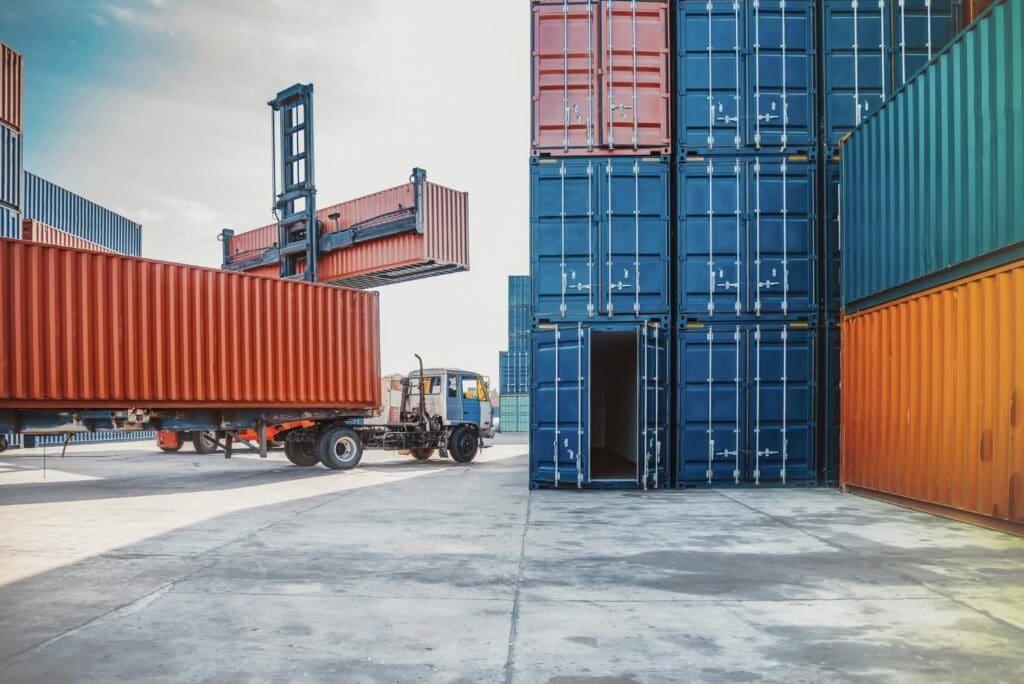
Global Events And Shipping Disruptions
External events such as geopolitical conflicts or targeted attacks on shipping infrastructure can cause significant disruptions. The ongoing conflicts in places like the Middle East and Ukraine have profound implications for global shipping lanes, affecting regional and global shipping operations.
An attack on a vessel in one region can lead to heightened security measures and rerouted ships, compounding delays and driving up costs. These disruptions highlight the vulnerability of global supply chains to international events and underline the interconnected nature of modern commerce.
Operational Challenges
Operational issues also play a critical role in shaping shipping rates. The logistical nightmare of adjusting sailing schedules, fleet management, and dealing with port congestion directly impacts shipping efficiency.
The COVID-19 pandemic, for instance, exposed and amplified these challenges as shipping companies had to navigate lockdowns, labor shortages, and uneven demand surges. This experience has forced carriers to continually adapt to changing conditions, often leading to increased costs as they strive to maintain service reliability amidst global uncertainties.
Liability And Risk Management
Liability concerns are another factor influencing shipping rates. Transporting goods across international waters carries inherent risks, including cargo loss, piracy, and accidents.
These risks necessitate higher insurance premiums and operational safeguards, increasing shippers’ costs, especially in regions or high-risk routes. The COVID-19 pandemic exemplified this, as the sudden increase in shipping rates was partly due to the heightened risks and costs associated with shipping under pandemic conditions.
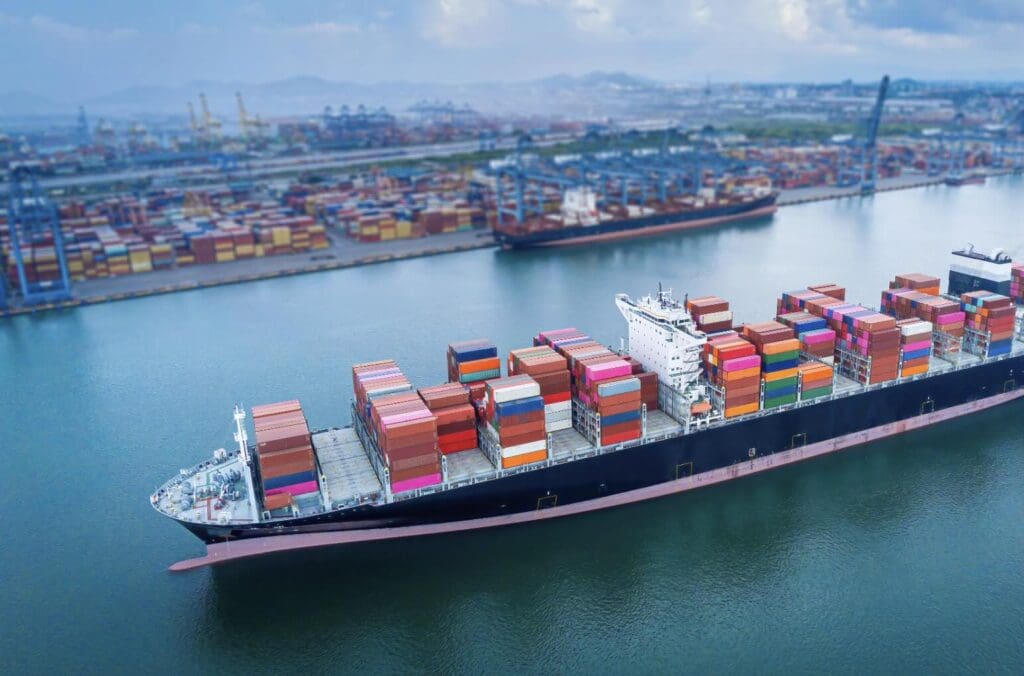
Environmental Regulations
New environmental regulations also contribute to rising costs. As international bodies and governments implement stricter emissions standards, shipping companies are compelled to invest in cleaner, more efficient technologies or fuels, which can be expensive.
These costs are often passed down the supply chain, manifesting as higher freight rates.
I do not like it more than anyone else when shipping rates suddenly increase, and your container and import costs increase. However, examining these critical factors reveals that a complex web of global dynamics influences container shipping rates.
Understanding these elements is essential for supply chain professionals to forecast, plan, and execute their logistics strategies effectively in a world where change is the only constant.
Listen To Our Podcast About Trade Waves: Exploring Global Container Shipping Rates
Below or By clicking here.
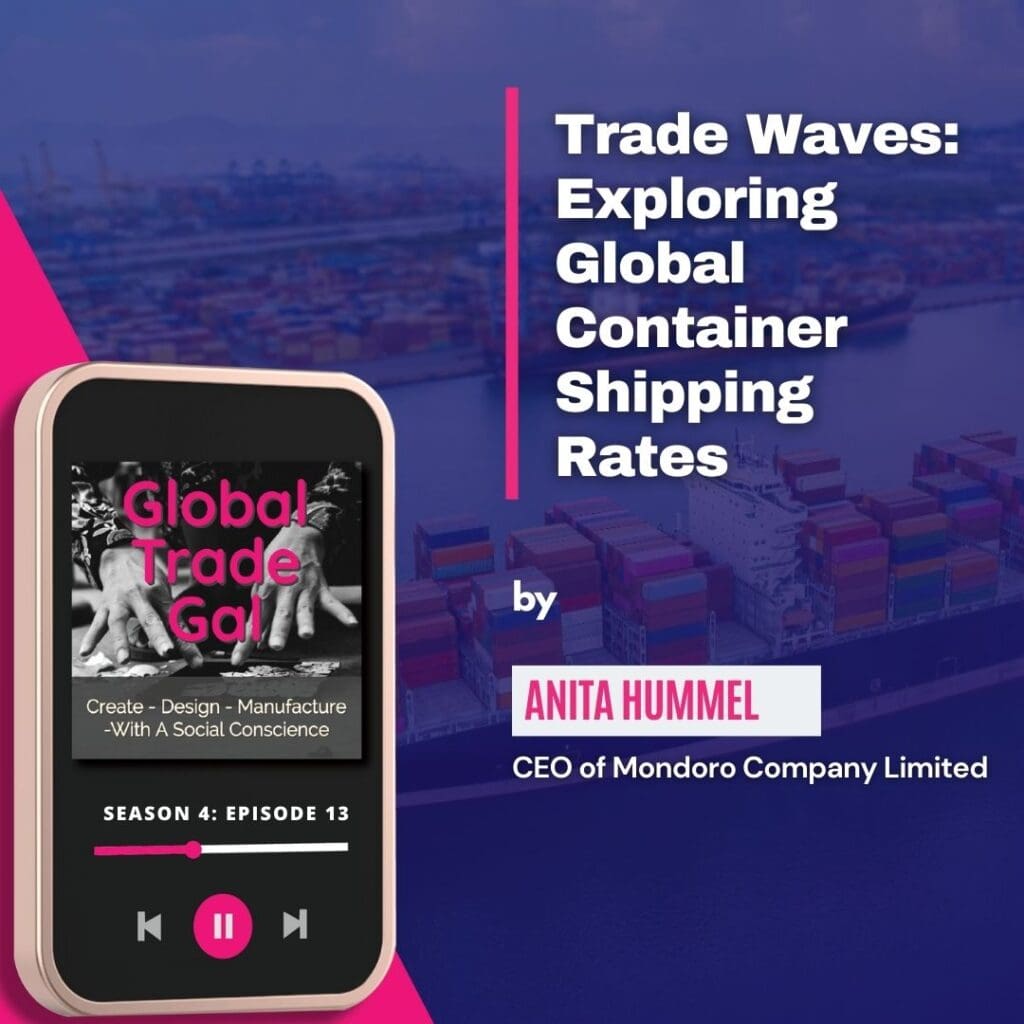
If you are interested in seeing how Mondoro can help you with your supply chain – we would love to talk to you about how we can help you and be part of your global supply chain.
Find out more about how Mondoro can help you create, develop, and manufacture excellent home decor and home furniture products – don’t hesitate to contact me, Anita. Check out my email by clicking here or become a part of our community and join our newsletter by clicking here.
Mondoro gives out a FREE Lookbook to anyone interested. You can receive a copy of our latest Lookbook by clicking here.
Listen to our Podcast called Global Trade Gal. You can find it on all major podcast platforms. Try out to listen to one of our podcasts by clicking here.
Subscribe to our Mondoro Company Limited YouTube Channel with great videos and information by clicking here.
Related Content
What Handicraft Products Is Vietnam Known For?
Vietnam is known for its Vietnamese lacquerware production and has a long history in manufacturing ceramics and porcelain. It also has a long history of basket weaving and silk weaving, along with embroidery and horn production.
You can learn more by reading What Handicraft Products Is Vietnam Known For? by clicking here.
How Does Poverty Affect Children’s Education? Helping Students in Vietnam
Children who are struggling with poverty usually have a harder time with education. This lack of education can lead to lifelong struggles and poverty, so education for children is essential.
There are many ways that education can help a child, such as with their nutritional needs, health, disease control, gender equality, and helping the children eventually break out of the poverty cycle.
By clicking here, you can learn more by reading our blog, How Does Poverty Affect Children’s Education? Helping Students in Vietnam by clicking here.
Why Home Decor Matters? 10 Reasons Why Home Decor is Important
Home Decor matters since how our home is decorated can and will affect all aspects of our lives. Our homes show the world who we are and what is important to us. Our home decor can affect our physical and mental well-being. Our homes are also gathering places for our families, friends, and loved ones.
You can learn more by reading our blog, Why Home Decor Matters? 10 Reasons Why Home Decor is Important by clicking here.

